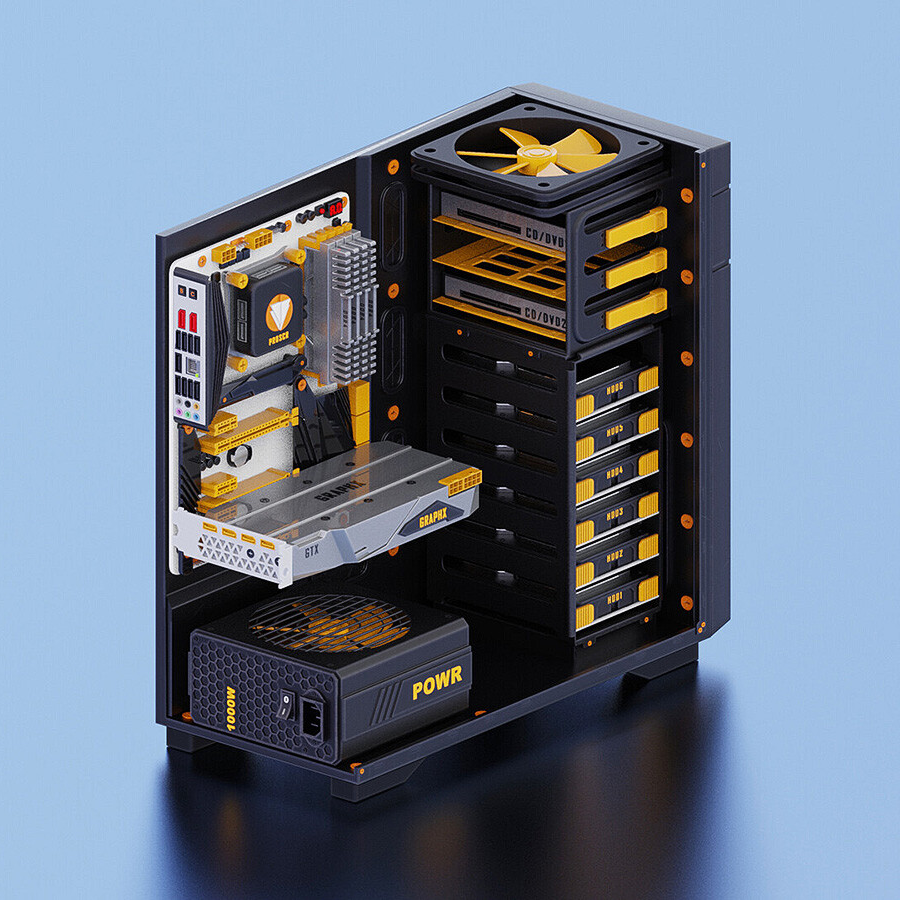

Home assistant is in the top 10 most popular and active open source projects.
@Rah, you need to pull your head in with your repeated assertion that it is poorly engineered simply because it doesn’t use a particular distros packaging system. Perhaps you haven’t used it enough to fully appreciate the things HA does?
The devs are listening to their customers who value: ease of use, reliability, stability and security in the system which orchestrates the iot devices in their home or workplace.
HA often runs exposed to the internet, has a catalog of thousands of integrations and a good hundred add-ons, (before we even get into the HACS community store), has its own desktop and mobile and even watch apps. Each of these components and configurations may be backed up and updated within HA itself with no external dependency. Yet the team and volunteer devs remarkably manage this complexity and release features and changes almost every week.
Initially the project was a lot more flexible in supporting bare scripted installs. I used to run a custom supervised installation myself, managed lots of entries in a configuration.yml, however this mode of installation and operation was deprecated as the project matured. I believe it was the right call to make.
As the project’s popularity grew amongst smart home enthusiasts and vloggers and started to reach the general populace who might have never touched Linux or a command-line before, supporting all that demand meant that tighter controls were necessary to define what a ‘supported’ system and environment was. That is, a predictable and reproducible environment at millions of installations.
The solution is to recommend users install the system as a complete appliance, an entirely contained, managed and controlled operating system HASSOS, on bare metal or as a virtual machine. Or fallback to HA Core if the user is comfortable managing Docker. Experienced Linux users who want to spend time managing dependencies themselves are no longer the primary audience or user base for Home Assistant, but are still free to do so if they accept zero support and various warnings.
Hope that helps and wasn’t a waste of time explaining.








While we’re at it, any recommendations for a Lemmy Android client that can do the same?
Jerboa doesn’t appear to have anything other than blocking by: site, community or user.